Department Update on LDD Moths (Gypsy Moths)
|
Weed Inspections
The County of Middlesex Area Weed Inspector is also the Municipal Weed Inspector for all eight local municipalities in the County. Responding primarily to complaints, the Area Weed Inspector works with staff from local municipalities, the Ministry of Transportation, Hydro One, Railways and other agencies to bring weed concerns to their attention.
The Weed Act applies only to noxious weeds that are growing in close proximity to agricultural crop lands and commercial horticultural lands. Noxious weeds growing in urban areas can be addressed through local property standards by-laws. A Form 1 Weed Order can be issued against the property owner; however, voluntary compliance is the most common remedy.
Giant Hogweed
Giant Hogweed can be a serious health hazard for humans. Its watery, clear sap contains photosensitizing compounds, which, when in contact with human skin and in combination with UV radiation, can cause burning. Content varies depending on the part of the plant, but contact should be avoided at all times. The reaction of the skin depends on individual sensitivity.
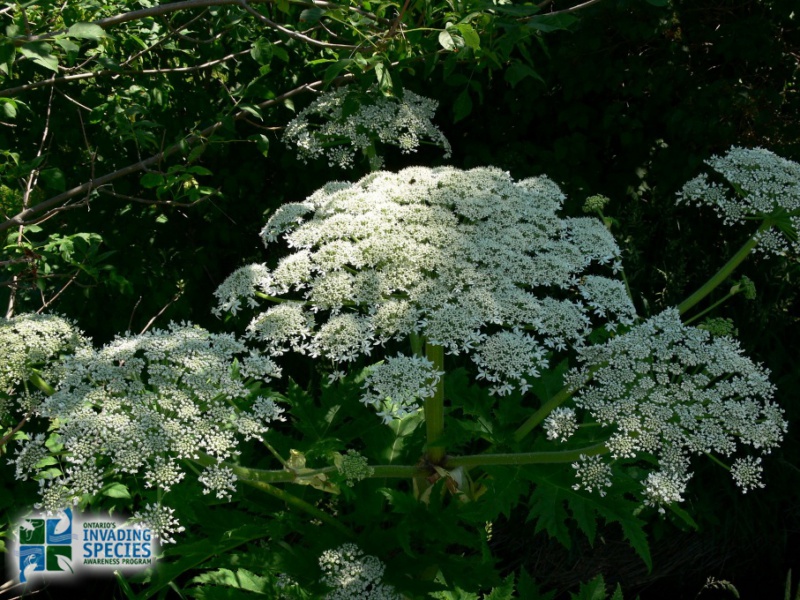
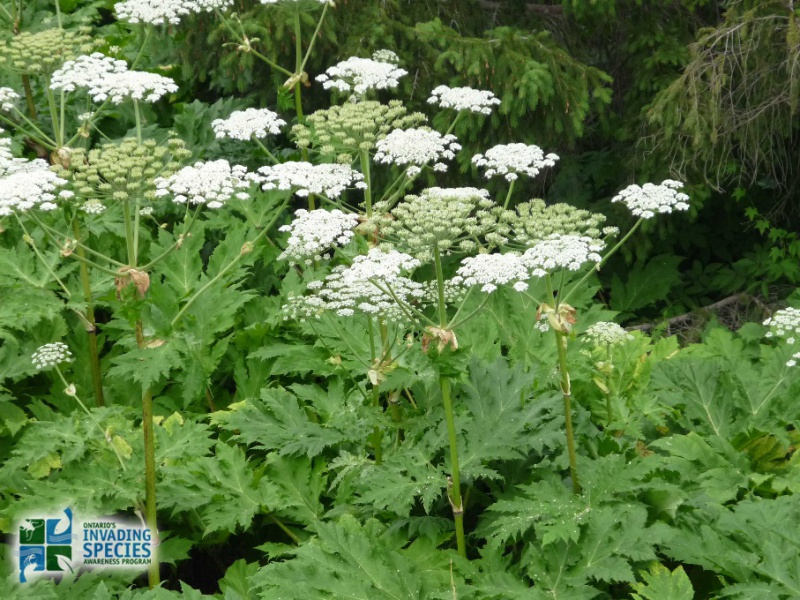
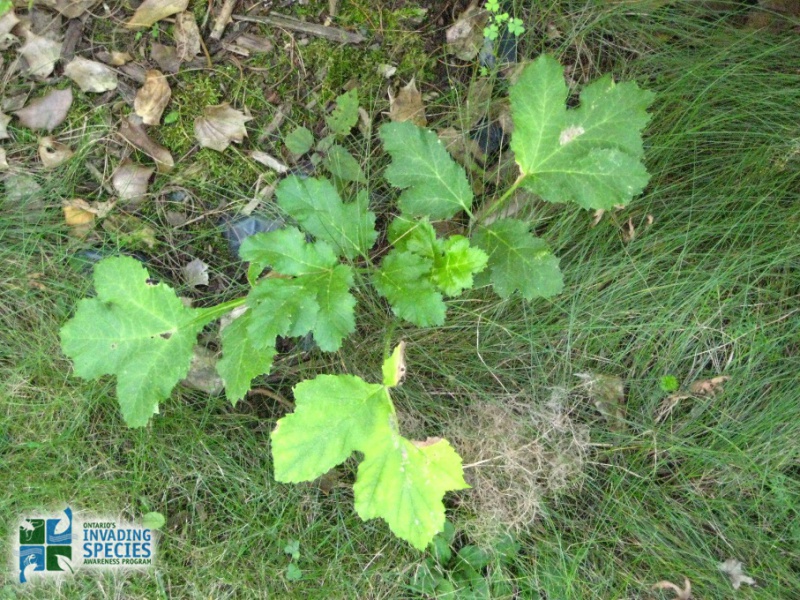
Want more info on weeds that affect our area?
Go to Ontarioweeds.com or OMAFRA Noxious Weeds in Ontario.
You can also check the Schedule of Noxious Weeds.
Local Pests
Emerald Ash Borer
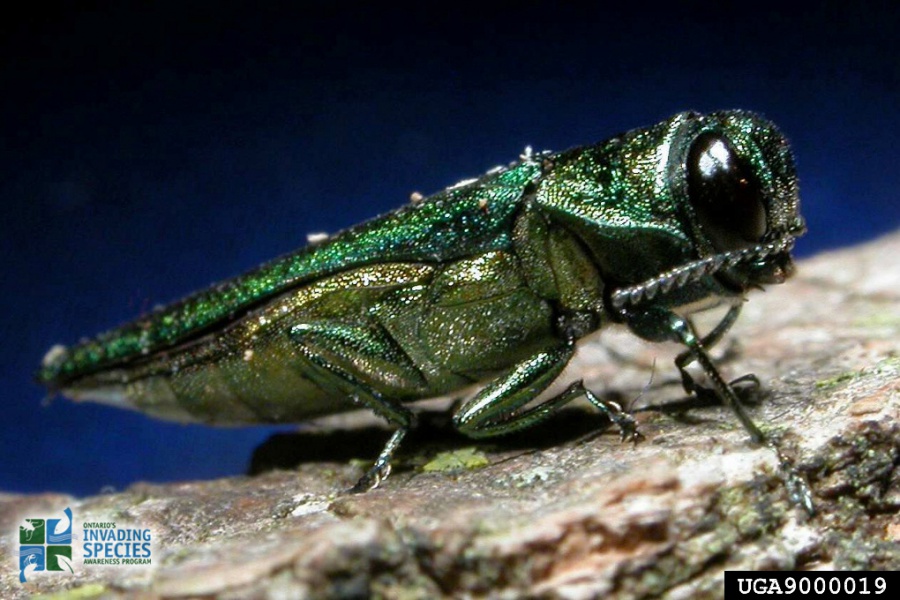
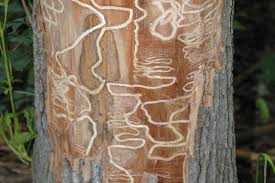
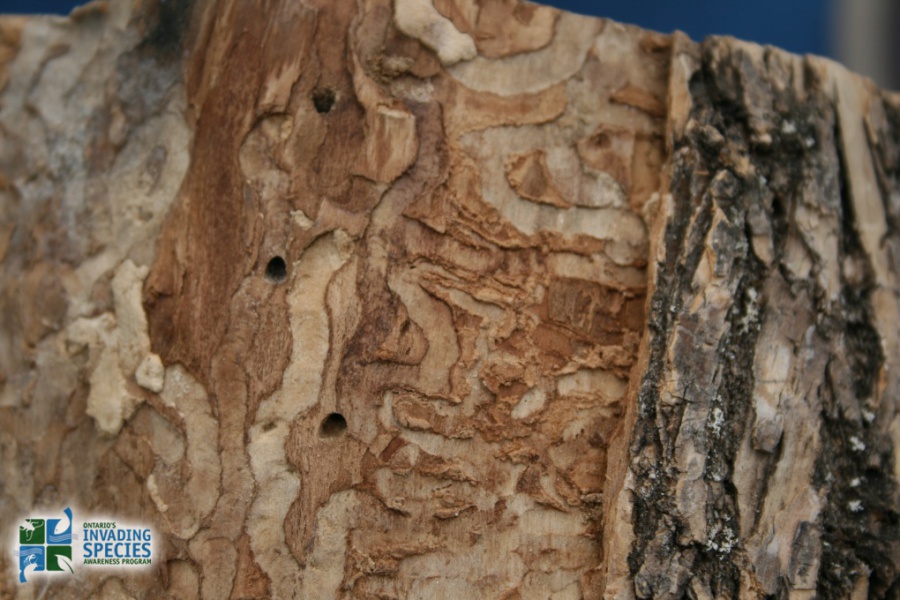
To slow the spread of the emerald ash borer (EAB) to new areas, the CFIA uses measures to control the movement of potentially infested materials. People who move regulated materials from regulated areas without the permission of the CFIA could face fines and/or prosecution.
In addition to the regulated areas listed above, the movement of materials can also be regulated through legal notices issued to property owners. For properties where EAB has been confirmed, a Prohibition of Movement is issued, which prohibits the movement of regulated materials from that specific property. Contact your local Canadian Food Inspection Agency office for additional information and view a map of regulated areas for the emerald ash borer.
LDD Moth (Gypsy Moth)
The LDD Moth (Lymantria dispar dispar), also called the European Gypsy Moth and the North American Gypsy Moth, is found in Ontario, Quebec, New Brunswick, Nova Scotia, and Prince Edward Island.
The LDD Moth is a non-native insect from Europe that was introduced to North America in the 1860s. The insect has become naturalized to Eastern North America, including Middlesex County. It has spread widely in areas where Oak is found, its preferred host tree species, in both rural and urban ecosystems. The LDD Moth feeds on more than 300 species of trees and shrubs including Aspen, Birch, Cedar, Cottonwood, Fruit trees, Larch, Oak (preferred host), Poplar, and Willow.
This insects’ population dynamics can be described as boom and bust, where every 8-12 years, the population within certain areas will reach epidemic proportions only to collapse again and remain at endemic levels for another eight years or so. LDD Moth outbreaks may appear suddenly and may continue for two to five years in a location. During a population outbreak, the caterpillars in very large numbers can be observed feeding within trees, defecating, and dangling from silk threads.
The LDD Moth spreads as egg masses are inadvertently moved on firewood, cars, trucks, trailers, RV's, boats, ATV, etc. If the relocated eggs hatch in their new location and they find host trees a new population will occur. It is important to inspect all items that are moved to and from locations that may have the LDD Moth.
Identification
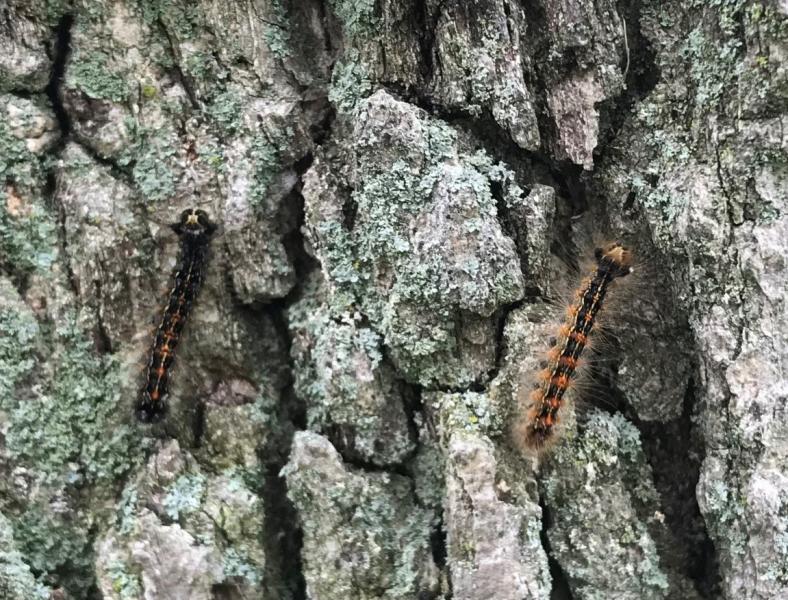
Figure 1: Photo of young caterpillar on the right and mature caterpillar on the left with characteristics red and blue spots (photo M Brown)
Newly hatched caterpillars are about half a centimetre long and dark in colour. LDD Moth caterpillars grow and change in appearance over the span of one to two months. As they grow, they moult or shed their skin. By the fourth moult, the pairs of characteristic blue and red dots are visible on their back and they are about six to seven centimetres in length.
Tree Damage
When the insect population dynamics are at their peak, LDD Moth caterpillars can defoliate its host tree canopy severely and sometimes even completely. Within a rural forest setting, most healthy trees will replace the leaf loss experienced in spring defoliation events later in the year with new leaf canopy in order to perpetuate annual growth and development. Natural rural forests growing in relatively undisturbed woodlands also tend to consist of increased species diversity and support greater numbers of predators, thereby possessing more resilience to disturbance events.
In contrast to trees within a rural setting, trees in urban settings are typically exposed to additional environmental stressors such as drought, altered hydrology, compacted soils, fragmentation, pesticides, air pollutants, and fewer natural predators. These additional stresses can expose urban forests, parkland trees, boulevard trees, and private yard trees to an increased level of damage as they may have limited resources to draw from during the recovery phase following defoliation.
Natural Controls
Despite the introduction of this insect in North America, it has three significant natural enemies:
1. A Fungus (Entomophaga maimaiga)
2. A Virus (Nucelopolyhedrosis)
3. A Small Wasp (Encyrtidae family)
The fungus and virus can be very effective at naturally controlling populations; however, they require a cool wet spring to be effective. The wasp can parasitize up to 30% of the eggs that are near the surface of an egg mass, but cannot reach the eggs in the center of the mass. Birds, bats, and several mammals also predate the species at various stages of their life cycle.
Landowner Control Measures
Natural population control factors most often combine to cause a collapse of LDD Moth outbreaks. However, consecutive years of the LDD Moth outbreak can cause defoliation which can lead to tree mortality and intervention may be considered. Common Landowner control measures include egg mass removal, picking caterpillars, and insecticide application using a third-party professional. Landowners may wish to consult with a local tree care company to seek advice and services in controlling this pest on their land.
- Egg Mass Removal: Late Fall / Winter
Egg mass scraping in the fall and winter can significantly reduce the population in the following years. Putting the egg masses in soapy water overnight will kill the eggs.
Egg Mass Scraping Instructions
> Hand-Picking Caterpillars: May / June
As caterpillars emerge and climb trees to eat the foliage, they can be hand-picked or shaken out of small trees and destroyed by placing them in a bucket of soapy water overnight. Birds will also help with this activity, therefore encouraging birds to nest in your landscapes can help dramatically reduce numbers.
> Burlap Wraps and Sticky Bands: May to August
Placing burlap wraps and sticky banding around the stems of trees can help capture and destroy large numbers of caterpillars, as well as the adult female moths when they emerge to lay their eggs.
The Ministry of the Environment, Conservation and Parks (MECP) has become aware of potential injury/mortality to species at risk (SAR) snakes from certain LDD Moth control techniques. MECP’s Species at Risk Branch (SARB) is contacting municipalities and conservation authorities where Gray Ratsnake and/or Queensnake are known to occur. Gray Ratsnake and Queensnake are semi-arboreal species and use trees for different life processes (e.g. nesting, basking, etc.). As a result, MECP does not recommend the use of any adhesive/tape as barrier bands on tree trunks for LDD Moth control in areas where Gray Ratsnake and/or Queensnake occur in order to avoid injury/death of SAR snakes. SARB would also appreciate assistance in sharing this messaging with anyone you are in contact with (e.g. landowners, landscape companies) who may be using adhesives for caterpillar control within these species’ ranges.
If a snake is found in an adhesive barrier, a wildlife rehabilitator may be able to assist with removal and provide care if the individual is injured. MECP would also appreciate the submission of any observation details to the Natural Heritage Information Centre so records can be included in the provincial dataset. Instructions on how to report species of conservation concern are available on the Report rare species (animals and plants) page or observation details (i.e. date, location) and photographs of the species can be emailed directly to @email.
> Pheromone Traps/Lures
The female adult moth does not fly; therefore, they cannot be trapped, but the male adult moths can be trapped with the use of female sex pheromone traps. Although the traps are commercially advertised as a control method, traps are more relevant to monitoring for the presence of the insect.
> Professional Help (Insecticides)
If other control measures have failed to keep numbers to a manageable level, a landowner may choose to have this pest controlled using an insecticidal spray. Local tree care companies can help with this using ground-based spraying or aerial bucket truck equipment and certified applicators.
LDD Moth Overspray Policy
In response to public concerns regarding LDD Moth (European Gypsy Moth) occurrences within Middlesex County’s Woodlands and County-owned forest, County Council has adopted the County of Middlesex LDD Moth Overspray Policy that allows private landowners who opt to privately spray pesticides onto their property to overspray onto any adjacent County-owned forests Woodlands (as defined by by-law #5738, as amended or replaced) in order to extend their coverage. Please note that any application of pesticides on private property (either privately or through a contractor) that will result in overspray onto County-owned forests must get approval from the County of Middlesex in accordance with the following policy. For additional information, please contact Mark Brown, the County’s Woodlands Conservation Officer at 519-434-7321 ext 2253
Other Useful links
> Entomological Society of America
> Canadian Food Inspection Agency
